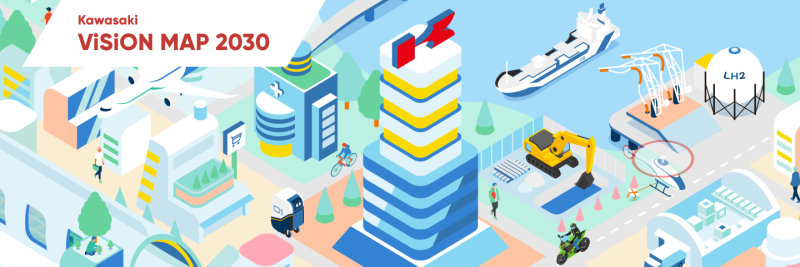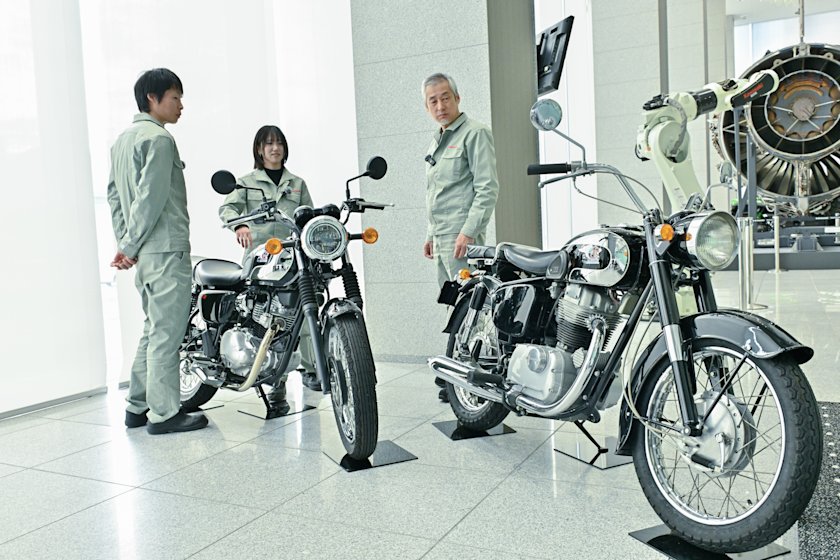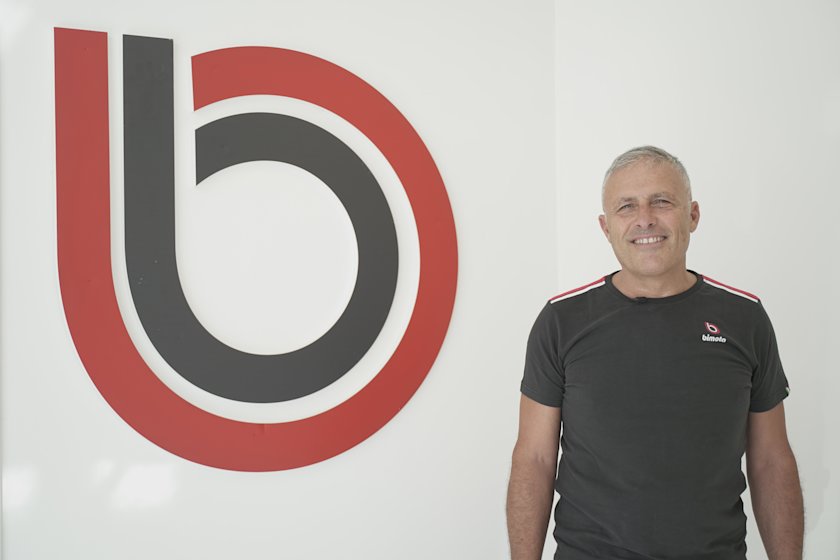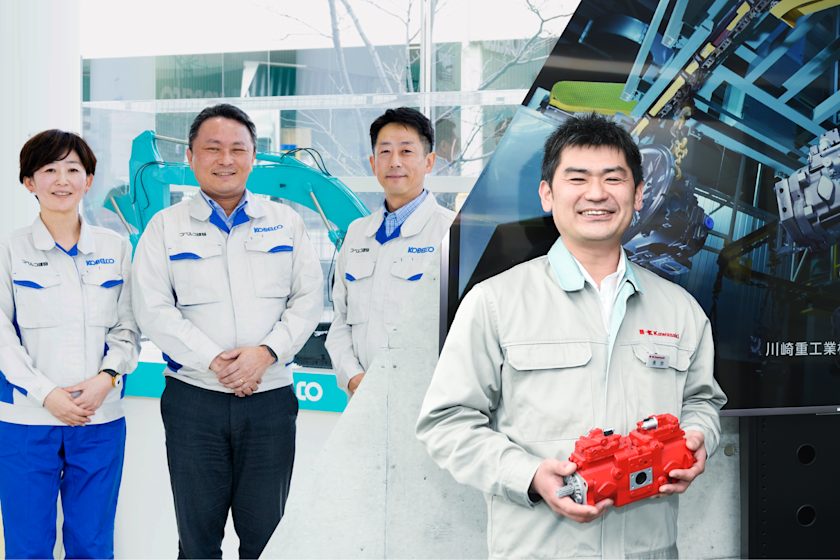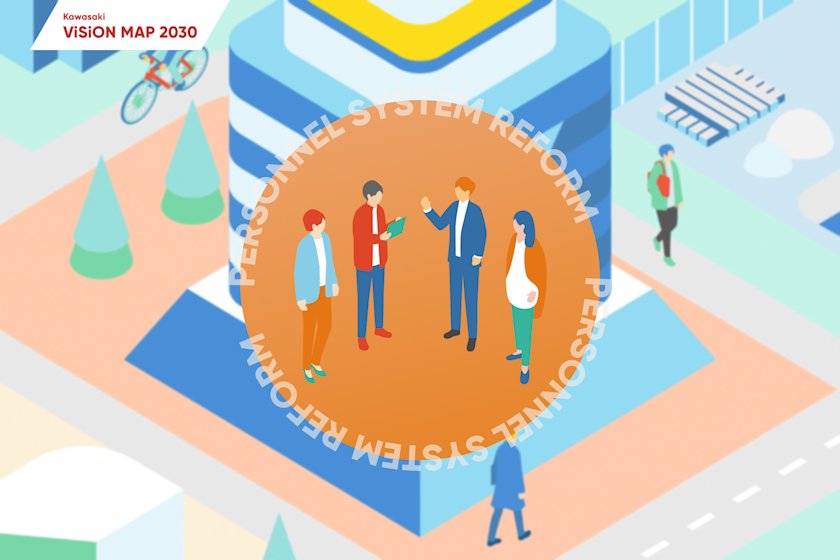How can we realize a safe, secure railway system for both operators and passengers?
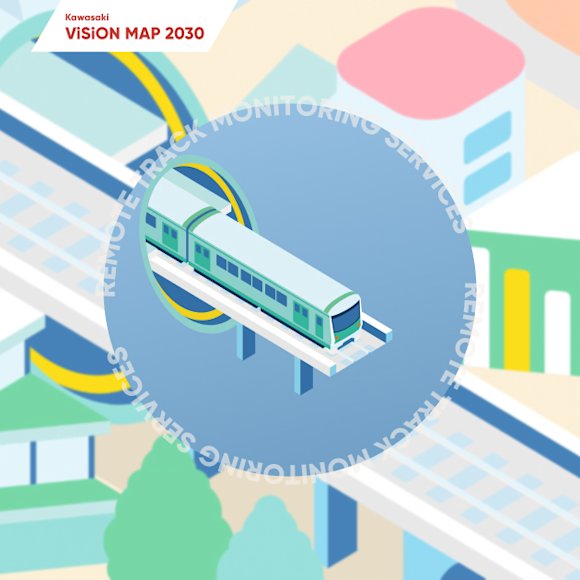
The Remote Track Monitoring Service uses railway track information for stable operation and maintenance. Here is the voice of an employee working towards safer, more secure railroad infrastructure by providing a service that offers accuracy, usability, and real time responses with the use of artificial intelligence and cloud computing technologies. (This article is a part of Kawasaki ViSiON MAP 2030, which imagines the future of the Kawasaki Group.)

Engineering Control Division,
Kawasaki Railcar Manufacturing Co., Ltd.
Ota joined Kawasaki Heavy Industries in 2020. Though he studied software in school, working at Kawasaki made him interested in hardware and creating things. He has been involved in the Remote Track Monitoring Service since 2022.
Applying new technology for further quality improvement
We at Kawasaki have produced advanced railroad cars and worked to improve the skills of railroad car and track inspectors for some time. This got us thinking – what is necessary to increase their quality even higher? The answer is the use of new technologies, such as artificial intelligence (AI) and information technology (IT). We can liken this to the automatic operation of automobiles; although both automobiles and the skills of the drivers are already significant, the emergence of innovative technologies to support them enhances user convenience and safety to an even higher degree. It is our Remote Track Monitoring Service developed by Kawasaki Railcar Manufacturing (formerly the Rolling Stock Company of Kawasaki Heavy Industries) that used IT in the same way in the world of railroads.

From “available for use” to “truly user friendly”
The Remote Track Monitoring Service monitors the condition of the railway tracks consistently, leading to stable operation. For example, if a deviation from the standard track is detected while cars are in operation, an alert is issued, and the irregularity is reported by image recognition. Different items can be monitored according to customer needs: track irregularity, missing bolts, and degradation of track ballast (crushed stone and gravel placed on the railway) to start. Moreover, the data obtained can be used to support further track maintenance. The incorporation of AI and cloud computing technologies improves accuracy and is intended to pursue usability and real time responses at the same time. The essential point to creating a service that people truly want to use is to create a service that is not simply available, but one that is easily to use and to understand.
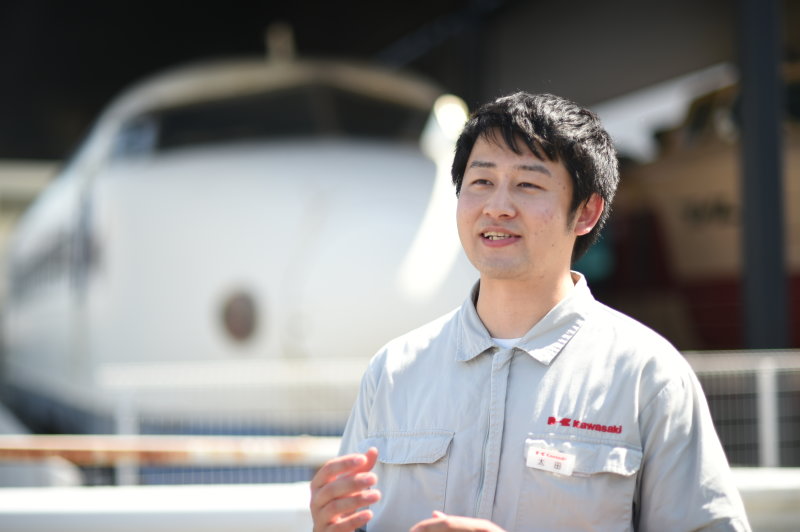
Improvements in inspection accuracy contributes to safer, more secure railroad infrastructure
Our service also contributes to safety while increasing productivity. Until now, humans have performed the inspections by visually observing the rails or operating machines. Rail inspections require manpower, impose a great physical burden on the inspectors, and involve danger. If degraded sections are known and predicted efficiently and accurately using AI and cloud computing technologies, this can reduce the burden on them, which is desirable in a labor-short economy. Moreover, with this service helping people, there will be an increase in inspection accuracy and errors on the railway tracks can be prevented more than now. I would like to continue growing our service so that railroad inspections lead to the safety and security of all rail operators and passengers.
The information contained in the article is current as of December 2022.
"Kawasaki ViSiON MAP 2030" presents the future we want to realize by the year 2030, presented through the voices of Kawasaki staff working towards our vision. We hope you join us to learn about their efforts in social change, and to imagine the future we can achieve together.
